Visions and Prospects
Visions and prospects for Taiwan’s national parks shall based on the concept of comprehensive protection and realized through the following policies:
In accordance with the National Park Law, trends in social development and characteristics of resources, national parks can be categorized into three types: natural, historical and recreational national parks. In addition, management of land use should be enforced as needed according to the six standards of natural resources and tourism resources protection established by The World Conservation Union (IUCN) to enable the national park authority to implement appropriate management schemes.
Adjustments in the national park framework and respective professional management functions shall be made with reference to practices observed in advanced countries in order to gradually enhance the quality of management. The comprehensive management plan shall be reviewed every 5 years, and communication with local authorities and citizens shall be actively promoted. Conservation support shall be encouraged, and recruitment and training of professionals should be enhanced to further develop professional operational and management capabilities.
Located on the eastern edge of the Eurasian Plate and in the center of the East Asian island arc, Taiwan has a diversified topography that has developed unique and rich bio-clusters. In the interest of sustainable conservation of these ecosystems, surveys and studies must be carried out to establish an ecology management system and a long-term monitoring system to ensure the sustainable development of these resources. This is also necessary with regards to maintaining cultural assets, providing guidance for the local or indigenous community culture, and the sustainability of local cultures.
In order to improve public awareness of the importance of national parks and resources, promotion of environmental education across the country is needed to encourage public participation. Environmental education shall be promoted within the national park facilities and the effectiveness of such efforts shall be evaluated regularly. Moreover, environmental education shall be promoted through cooperation with schools and communities in order to provide the public with correct concepts of conservation and to promote environmental concepts on a full scale.
In order to maintain a balance between resource protection and recreational use of national parks, the limits of acceptable change for recreational uses should be determined. Monitoring indicators for the impact of recreational activities and visitor behavior shall be established along with with long-term research to establish a dynamic interactive operation model between resource management and park users. To sustainably conserve natural resources, national parks shall provide recreational activities such as eco-tourism to minimize environment impact. Local recreational service networks shall be established by consolidating recreational resources and information to provide incentives for developing recreational services and facilities in neighboring communities so as to facilitate local development. This will contribute to the dual goals of resource conservation and the easing of development pressure within national parks.
Management
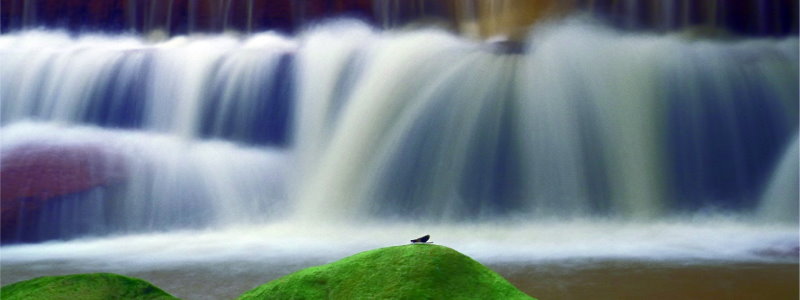
As the administrators of our national parks, the National Park Headquarters (NPH) administers national parks across Taiwan by means of a management area to prevent ecologically sensitive and vulnerable environment from negative impacts of excessive recreation uses caused by improper management or.
Based on Article 12 of the National Park Law, national parks in Taiwan are devided into the following zones according to the characteristics of resources and land uses:
Ecological-protected areas: areas containing a natural biosphere and their breeding environment are placed under strict protection for ecological research.
Scenic areas: areas containing sensitive and vulnerable natural scenery with a strict limitation on development.
Cultural / historic areas: areas containing important prehistoric sites, historic cultural sites and other valuable historic heritage.
Recreational areas: areas suitable for developing countryside recreational activities, facilities and resources.
Existing use areas: buffering areas between protected and developed areas that are allowed for existing land uses.
The NPH continually recruits professionals with expertise in ecological conservation, ecological education and ecological landscape stewardship to implement resource conservation programs of national parks. The organization and respective functions of the headquarters are as follows:
Planning and Management Section: Responsible for the implementation and evaluation of the National Park Plan, the acquisition and coordination of land and the interpretation of relevant laws and regulations.
Maintenance of Environment Section: Responsible for the planning, design and maintenance of park facilities, including resource protection, transportation, administration, recreation, safety and security, and historical site restoration.
Recreation and Service Section: Responsible for visitor management, recreational planning, environmental maintenance, and tourism programs.
Conservation Research Section: Responsible for the survey and documentation of natural and cultural resources in national parks and the establishment of conservation and restoration policies.
Interpretation and Education Section: Responsible for visitor center exhibitions, interpretation services, booklet production, promotion of ecological conservation and environmental education.
The establishment of national parks is of the highest level of national land use policy. Under the jurisdiction of the Ministry of the Interior (MOI), which operates and manages these parks in the spirit of “on-site protection”, national parks are trusted to promote ecological conservation, interpretation/education, service and recreation through environmental education and conservation programs.
Organizations
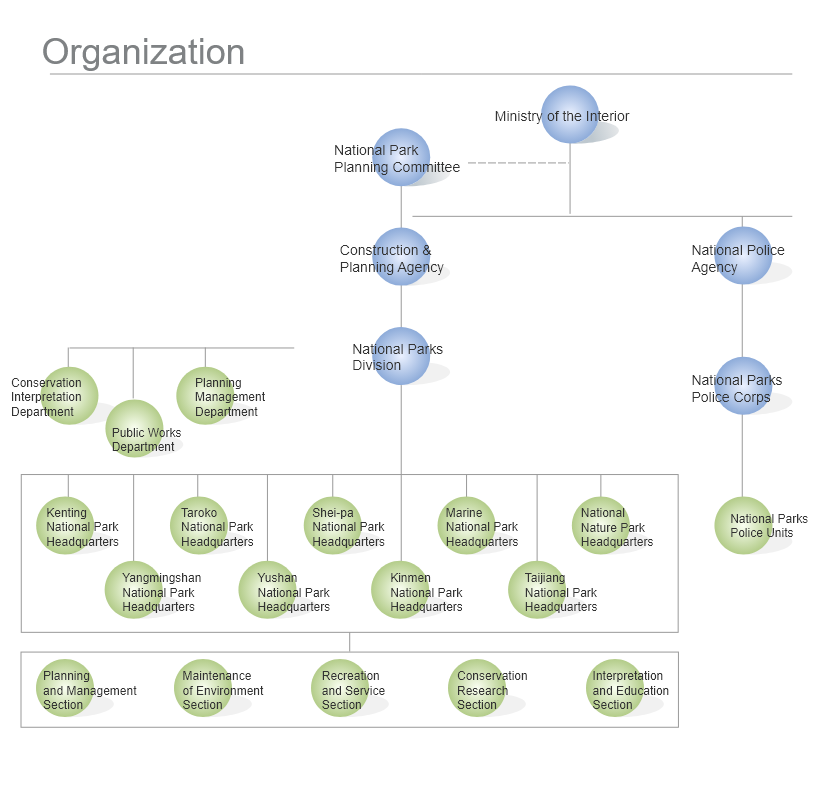
The NPH continually recruits professionals with expertise in ecological conservation, ecological education and ecological landscape stewardship to implement resource conservation programs of national parks. The organization and respective functions of the headquarters are as follows:
Planning and Management Section: Responsible for the implementation and evaluation of the National Park Plan, the acquisition and coordination of land and the interpretation of relevant laws and regulations.
Maintenance of Environment Section: Responsible for the planning, design and maintenance of park facilities, including resource protection, transportation, administration, recreation, safety and security, and historical site restoration.
Recreation and Service Section: Responsible for visitor management, recreational planning, environmental maintenance, and tourism programs.
Conservation Research Section: Responsible for the survey and documentation of natural and cultural resources in national parks and the establishment of conservation and restoration policies.
Interpretation and Education Section: Responsible for visitor center exhibitions, interpretation services, booklet production, promotion of ecological conservation and environmental education.
The establishment of national parks is of the highest level of national land use policy. Under the jurisdiction of the Ministry of the Interior (MOI), which operates and manages these parks in the spirit of “on-site protection”, national parks are trusted to promote ecological conservation, interpretation/education, service and recreation through environmental education and conservation programs.
Functions and Goals
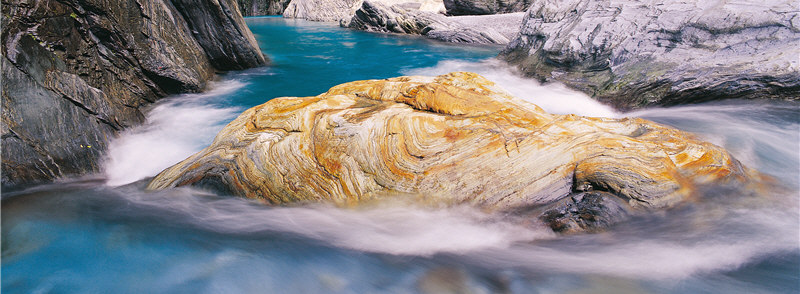
National parks are natural areas or historic sites representing the beauty and history of a country. Since the world’s first national park, Yellowstone National Park, was established in the USA in 1872, nearly 3800 national parks have been established throughout different parts of the world. The movement for national parks and nature conservation in Taiwan began in 1961 and has since led to the establishment of eight national parks on the island, including Kenting, Yushan, Yangmingshan, Taroko, Shei-pa, Kinmen, Donsha Atoll and Taijiang National Parks.
The aim of national parks is to maintain the unique natural environment and biodiversity within the parks through effective operation, management and conservation. In addition to constantly monitoring the status and changes in the parks’ environment and biodiversity, park management must take action to respond to factors threatening the park, as well as to evaluate the effectiveness of operations and management.
National parks in Taiwan are established under Articles 1 and 6 of the National Parks Act. According to Article 1, national parks are established for the purpose of preserving the nation's unique natural scenery, wild fauna and flora and historic sites and providing public recreation and areas for scientific research. The three main goals of national parks in Taiwan are:
- Conservation
- Sustainable conservation of the ecology, wild species, natural landscapes, topology, geology and cultural and historical sites in the park for current and future generations; to safeguard the national land, and to engage in water and soil conservation to ensure the quality of life.
- Education and Recreation
- National parks provide educational and recreational activities to develop public awareness of the beauty of nature and establish environmental values.
- Research
- National parks are rich in ecological resources. In addition to offering resources for scientific research and environmental education, they can contribute to people’s understanding of the natural and cultural assets of the country. Thus national parks are entrusted with the following four functions:
- To protect the natural environment;
- To preserve species and genes;
- To provide public recreation while developing the local economy;
- To promote academic research and environmental education.
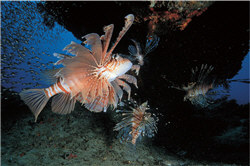
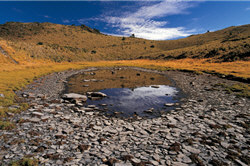
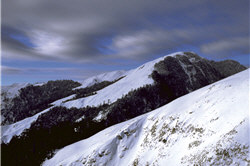
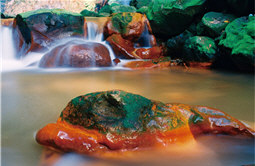
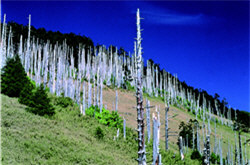

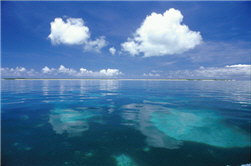


![Text size [Small]](/media/system/images/font_small.jpg)
![Text size [Medium]](/media/system/images/font_normal.jpg)
![Text size [Large]](/media/system/images/font_big.jpg)





